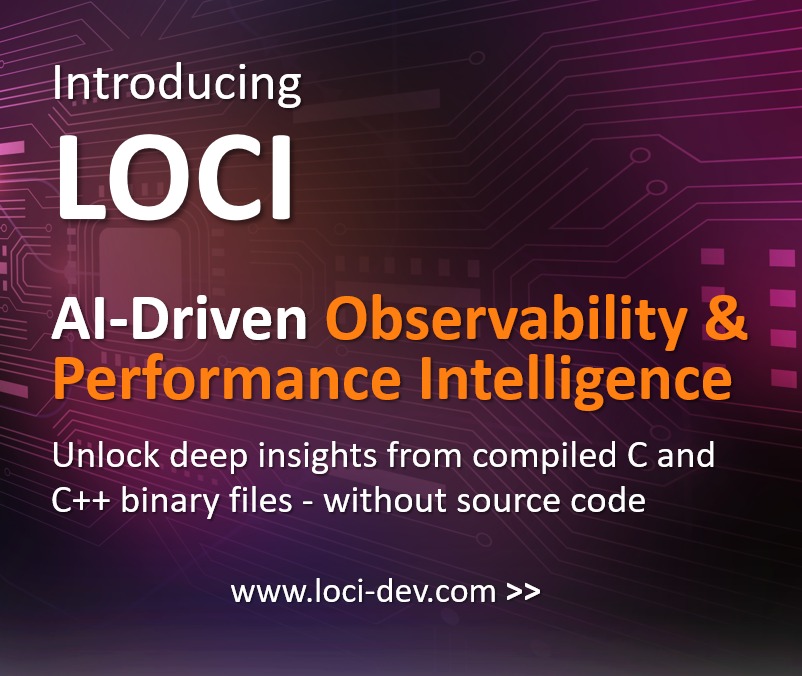When most drivers think of artificial intelligence in their vehicles, they think of the sensors and cameras feeding automatic safety systems or allowing for some level of autonomous capability. There is, however, a use for AI throughout the entire vehicle software architecture.
Modern cars have evolved significantly in the last few years and it’s not unusual for a car to run on 100 million lines of code over 100 or more ECUs. All the safety systems, entertainment features, drivetrain, and interior have a raft of inter-dependencies. This means that if something goes wrong in one system, it could have a ripple effect of errors throughout the vehicle – something that’s hard to predict during the development stage.
Enter Vehicle Software Intelligence
To solve this problem, Vehicle Software Intelligence (VSI) uses AI to better understand and map these complex systems. This gives developers a better understanding of how the different software elements in a car link together and behave but it also provides a wealth of opportunities when it comes to over-the-air (OTA) updates and continuous development.
The Guidehouse Insights’ whitepaper Vehicle Software Intelligence – Adopting the Artificial Intelligence Required to Create a Software Defined Vehicle, explores how the automotive market has changed and how VSI is needed to drive new innovation within the industry.
One area the report explores is the web of dependencies within a vehicle. It states: “With the vastly more complex interactions of today’s vehicle systems and what is yet to come, VSI tools that can see across all of the domains and run AI algorithms to map the software functionality and behaviour will detect potential conflicts.”
Unlike traditional methods, Vehicle Software Intelligenceunderstands the intent of the software, the intricacies of systems that vary widely in function, their behaviour in real-time, and their interdependencies – something it’s near-impossible for developers to do manually with static code analysis tools. On top of this, VSI also sets the groundwork for a new way of working in the industry, with many manufacturers moving to a cycle of continuous development, continuous integration, continuous testing, and continuous deployment, aka CI/CD.
Future-Proofing
Consumers are coming to expect a certain level of OTA updates from manufacturers and the demand for this is only set to grow. Vehicle Software Intelligence enables a continuous development cycle because it allows developers in different domains to work at their own pace, without waiting for hardware upgrades to deploy their updates.
It also simplifies the update process. “Unlike existing update technologies that compare binary files,” states the whitepaper, “Line-of-Code updates that are based on VSI algorithms can take advantage of the intimate understanding of the vehicle software code.” This makes updates less costly to the manufacturer compared to other update methods and enables a far superior user experience with zero-downtime updates.
Beyond this, it also sets the vehicle architecture up for the future. As domain-level software is combined and consolidated into more powerful platforms, segments of code from multiple sources will need to be integrated. Using Vehicle Software Intelligence can speed up this process, even if that code comes from third parties or has been written for different platforms.
Utilizing AI in this way is changing the way manufacturers approach their vehicles and will usher in a new era of software-defined vehicles. To dive deeper into Vehicle Software Intelligence and how it works, take a look at the full whitepaper here.






 5 min read
5 min read